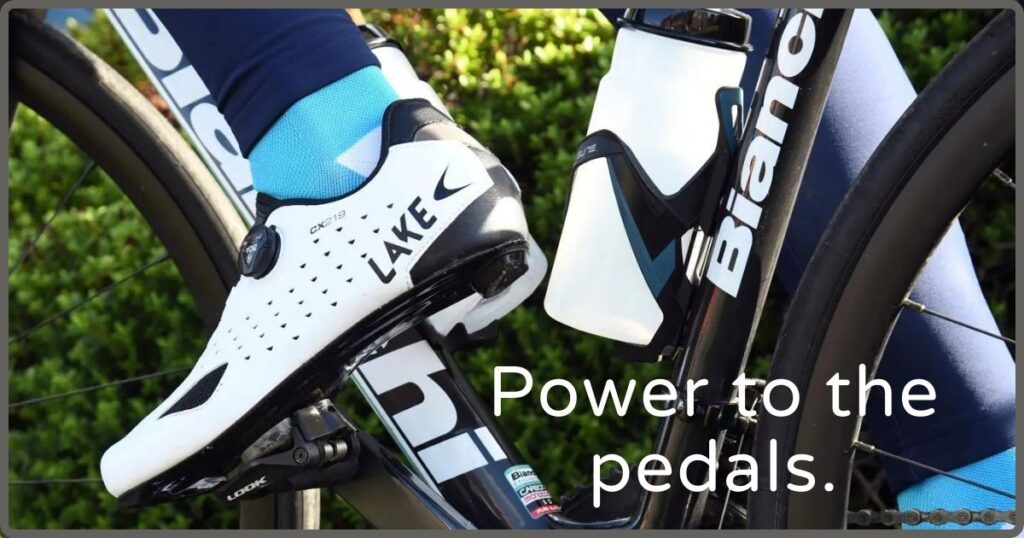
Maximizing Performance and Comfort: The Importance of the Foot-Pedal Interface in Cycling
The foot-pedal interface is the heart of cycling performance, encompassing the intricate connection between the cyclist’s foot, the cycling shoe, and the pedal. This assembly is where the magic happens – where every push of the pedal propels the bike forward. Despite its significance, this interface is often overlooked, yet it holds the key to unlocking both comfort and performance on the bike.
Consider this: the position of your foot on the pedal remains relatively consistent, even as you push the pedals countless times in one hour. This small contact zone determines not only your comfort but also your performance. It is a neglected aspect of cycling that offers a plethora of settings to optimize, including:
Your Feet: The shape of your feet dictates what should be beneath them for optimal adaptation, leading to enhanced comfort and performance.
Your Shoes: Each foot may differ in size and shape, emphasizing the importance of well-fitting shoes that provide support without compression. Taking your time to try on shoes, preferably later in the day when your feet have expanded, ensures a proper fit.
Your Footbed: While some shoes come with insoles, few manufacturers offer insoles that adequately support the foot. Custom insoles tailored to your feet can significantly improve comfort and performance.
The Cleats: Cleats offer adjustability in various directions, depending on the pedal and shoe brand. Properly positioning cleats is essential for stability and injury prevention during pedaling.
Foot Inclination: The inclination of your foot when pushing the pedal affects stability. Cleat wedges, in-the-shoe wedges, and heel wedges can optimize foot stability based on individual needs.
Structural Leg Length Discrepancy: Addressing any leg length discrepancies is crucial for maintaining proper alignment and comfort while pedaling.
Pedal Type: Choosing pedals that align with your cycling discipline is essential. Using road shoes with MTB pedals, for example, can compromise performance and comfort.
Pedal Spindle Length: The spindle length of the pedals should match your morphology and pedaling technique for optimal efficiency.
It’s easy to underestimate the complexity of the foot-pedal interface, assuming that merely pushing on the pedals is sufficient. However, by paying attention to these often-neglected details and optimizing the foot-pedal interface, cyclists can unlock their full potential on the bike, enjoying both enhanced performance and comfort. Remember, the small adjustments made at this crucial interface can make a significant difference in your cycling experience.


